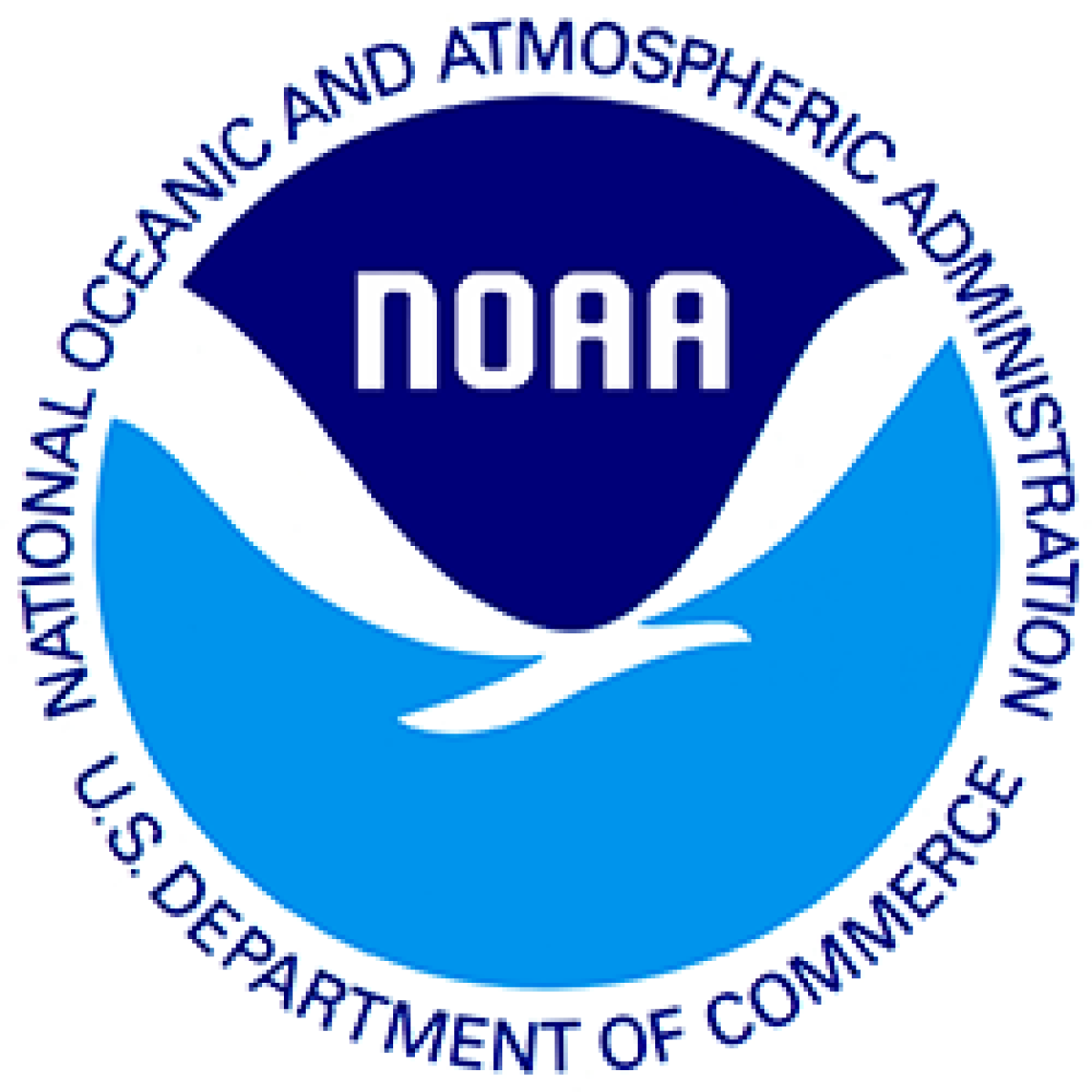Eight students will be presenting the summer work at the Ocean Sciences Meeting in March 2022!
Beth Zimmer, University of Miami
Class Year:
1998Mentor:
Michael Roman, Ph.D.Project Title:
Determining Copepod Growth Rate in Experimental Ecosystems: A Comparison of Methods
Abstract:
Growth rate was determined for the calanoid copepod, Acartia tonsa, using experimental ecosystems filled with water from the Choptank River, a sub-estuary of the Chesapeake Bay. Sampling occurred daily over a 15 day period in 3 replicate 1000 L mesocosms. Copepods sampled from one tank were sorted into size categories and measured for length and weight to determine a mean weight per copepod for each size category. In the remaining two tanks, growth rates were determined for the first 9 days of the experiment from the increase in copepod biomass (0.521 and 0.552d-t). These growth rates were compared to growth estimates from two commonly used models, the Huntley-Lopez and Hirst-Sheader models. Model results were similar to the direct growth rate estimates. Because copepod populations in this experiment experienced distinct conditions (i.e. food abundance and a majority of juvenile copepods), the Huntley-Lopez estimate closely resembled the direct growth estimate. The Hirst-Sheader model, however, is more likely to produce accurate estimations under all conditions, regardless of food availability or population dynamics.




